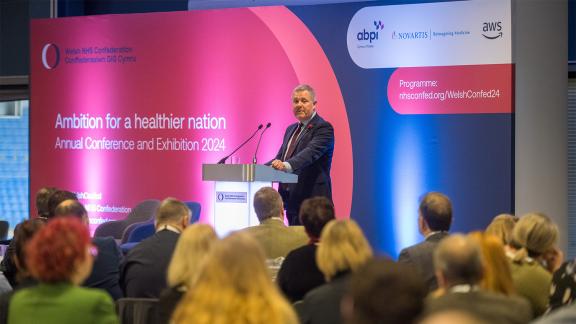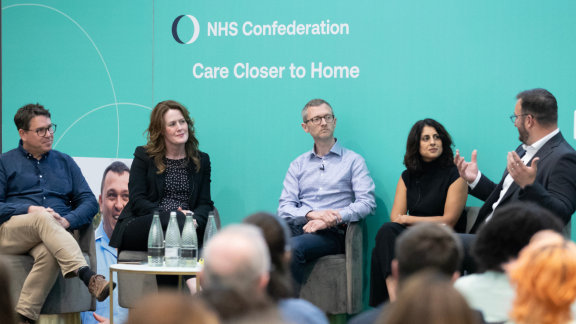How the arts can help address health inequalities

The COVID-19 pandemic has thrown into sharp focus the issue of health inequalities in Wales and across the UK, and has exposed the consequences of a long-standing failure to tackle this deep-rooted and multi-faceted problem.
Health inequalities, however defined, means avoidable deficits in health and wellbeing outcomes between population groups e.g. socio-economic status and deprivation; protected characteristics such as age, sex, race, sexual orientation, disability; or geography in relation to urban or rural areas etc. Socio-economic health inequalities, for example, refer to the differences in health and wellbeing outcomes experienced by economically deprived populations compared to more affluent populations. On the other hand, the contention that engagement with the arts can significantly improve physical and mental wellbeing is well-established, particularly among people who live with underlying health conditions and are at risk of feeling lonely or socially isolated.
While there are some examples in Wales of arts and health projects that aim specifically to increase engagement with the arts among marginalised and under-represented groups, the arts and health community still has some way to go to achieving a level playing field.
Given we know how powerful an intervention engagement with the arts can be, alongside what we know about lower levels of engagement with the arts among minority groups, this briefing is intended to act as a springboard for a new conversation that considers why engagement with the arts is lowest among those who may benefit most from it, and what steps we can take to bridge the gap in Wales.


